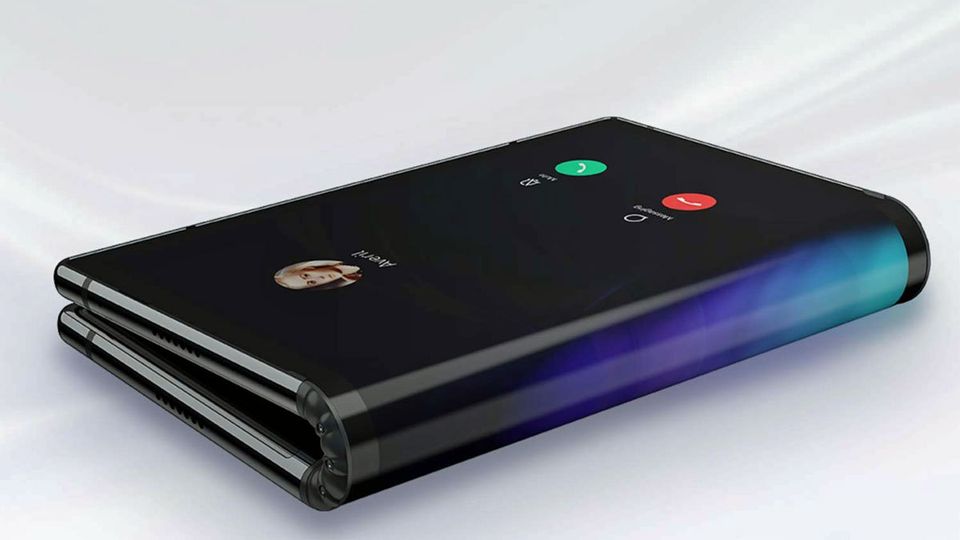Samsung Phone Development
December 18, 2018
Samsung recently revealed the "second chapter" in smartphone technology. This is done by a so-called ‘Infinity Flex Display’, which stands for the first generation of foldable Galaxy smartphones. These foldable phones are an entirely new product category in mobile computing. They refer to a bendable display that can be unfolded into a larger form factor. The idea is to essentially provide a smartphone and a tablet in one device.
At this year’s Samsung Developer Conference (SDC), the Infinity Flex Display and One UI was revealed by their mobile president, DJ Koh. One UI is a “reengineered” design interface for Android. It has been made to assist with one-handed operation by automatically ordering relevant content on the bottom half of the screen using simplified, readily identifiable icons. Infinity Flex Display stands for Samsung’s folding screen application and has a larger, immersive display providing vast improvements to media playback and multitasking. For example, it can allow the usage of three active apps simultaneously.
Samsung has been working hard for a seamless apps transition from the smaller display to the larger display as the device unfolds. They also partnered with third-party developers to ensure the platform is well stocked with applications when it launches. Samsung's first folding phone is expected to launch in early 2019. A March release is expected to meet the tenth anniversary of the Samsung Galaxy brand. Samsung would like the folding/flexible smartphone displays to become mainstream while working on a range of Infinity Flex Display prototypes, such as screens that unroll like toilet paper!
Besides Samsung other vendors such as Huawei, LG, Lenovo and Apple are developing similar prototypes.


